
City tour and visit to Teotihuacan
1 day
Instant confirmation
About this activity
Itinerary
This is a typical itinerary for this product
Pass By: National Palace (Palacio Nacional), Avenida Pino Suarez, Corregidora esquina Guatemala Zócalo, Mexico City 06060 Mexico
The first palace on this spot was built by Aztec emperor Moctezuma II in the early 16th century. Cortés destroyed the palace in 1521, rebuilding it as a fortress with three interior courtyards. In 1562 the crown purchased the building from Cortés’ family to house the viceroys of Nueva España, a function it served until Mexican independence.
As you face the palace, high above the center door hangs the Campana de Dolores, the bell rung in the town of Dolores Hidalgo by Padre Miguel Hidalgo in 1810 at the start of the War of Independence. From the balcony underneath it, the president delivers the grito (shout) – ¡Viva México! – on the evening of September 15 to commemorate independence.
Pass By: Museo del Templo Mayor, Seminario 8 Centro Histórico, Mexico City 06060 Mexico
In 1978, utilities workers digging in Mexico City unearthed a colossal stone relief, depicting an unmistakable figure: the Aztec goddess Coyolxauhqui, naked, dismembered and decapitated, after being slain by her brother, Huitzilopochtli, the god of sun and war. Archaeologists realized the carving must be part of Templo Mayor, the Great Temple of the Aztec Empire, known to lie somewhere below the city center based on colonial-era accounts and previous limited digging projects.
Pass By: Palacio de Bellas Artes, Avenida Juarez y Eje Central s/n Centro Histórico, Mexico City 06050 Mexico
Immense murals by world-famous Mexican artists dominate the top floors of this splendid white-marble palace – a concert hall and arts center commissioned by President Porfirio Díaz. Construction on the iconic building began in 1905 under Italian architect Adamo Boari, who favored neoclassical and art nouveau styles.
Stop At: Teotihuacan Pyramids, San Juan Teotihuacan 55800 Mexico
Located about 30 miles (50 kilometers) northeast of modern-day Mexico City, Teotihuacan was one of the largest urban centers in the ancient world. No one knows who built it. The city flourished between 2,100 years ago, when construction began, and about 1,400 years ago, when it went into a period of decline, including a fire that caused great damage. However, even with the decline, the city was never truly “lost” — the Aztecs made regular pilgrimages to the site in later periods.
Duration: 1 hour
Read more
Show less
This is a typical itinerary for this product
Pass By: National Palace (Palacio Nacional), Avenida Pino Suarez, Corregidora esquina Guatemala Zócalo, Mexico City 06060 Mexico
The first palace on this spot was built by Aztec emperor Moctezuma II in the early 16th century. Cortés destroyed the palace in 1521, rebuilding it as a fortress with three interior courtyards. In 1562 the crown purchased the building from Cortés’ family to house the viceroys of Nueva España, a function it served until Mexican independence.
As you face the palace, high above the center door hangs the Campana de Dolores, the bell rung in the town of Dolores Hidalgo by Padre Miguel Hidalgo in 1810 at the start of the War of Independence. From the balcony underneath it, the president delivers the grito (shout) – ¡Viva México! – on the evening of September 15 to commemorate independence.
Pass By: Museo del Templo Mayor, Seminario 8 Centro Histórico, Mexico City 06060 Mexico
In 1978, utilities workers digging in Mexico City unearthed a colossal stone relief, depicting an unmistakable figure: the Aztec goddess Coyolxauhqui, naked, dismembered and decapitated, after being slain by her brother, Huitzilopochtli, the god of sun and war. Archaeologists realized the carving must be part of Templo Mayor, the Great Temple of the Aztec Empire, known to lie somewhere below the city center based on colonial-era accounts and previous limited digging projects.
Pass By: Palacio de Bellas Artes, Avenida Juarez y Eje Central s/n Centro Histórico, Mexico City 06050 Mexico
Immense murals by world-famous Mexican artists dominate the top floors of this splendid white-marble palace – a concert hall and arts center commissioned by President Porfirio Díaz. Construction on the iconic building began in 1905 under Italian architect Adamo Boari, who favored neoclassical and art nouveau styles.
Stop At: Teotihuacan Pyramids, San Juan Teotihuacan 55800 Mexico
Located about 30 miles (50 kilometers) northeast of modern-day Mexico City, Teotihuacan was one of the largest urban centers in the ancient world. No one knows who built it. The city flourished between 2,100 years ago, when construction began, and about 1,400 years ago, when it went into a period of decline, including a fire that caused great damage. However, even with the decline, the city was never truly “lost” — the Aztecs made regular pilgrimages to the site in later periods.
Duration: 1 hour
Included
- Private transportation
- Guide
- Entry/Admission - Teotihuacan Pyramids
Not included
- Snacks
- Bottled water
Additional
- Confirmation will be received at time of booking
- Not wheelchair accessible
- Near public transportation
- Not recommended for travelers with back problems
- No heart problems or other serious medical conditions
- Most travelers can participate
- This experience requires good weather. If it’s canceled due to poor weather, you’ll be offered a different date or a full refund
- This tour/activity will have a maximum of 2 travelers
Features
Tourism
95%
Cultural
90%
You may also like









 See all 17 Collections
See all 17 Collections
Click to discover other experiences
See all
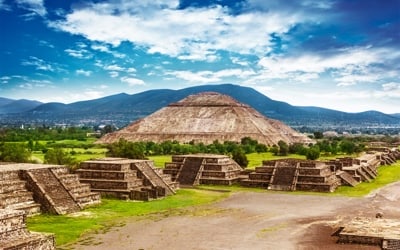
Collections
Teotihuacan Pyramids
66 Activities
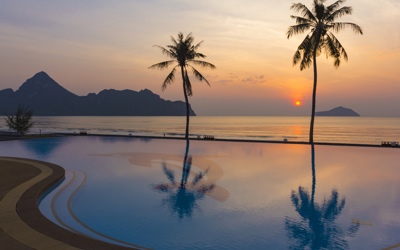
Collections
Excursions From Mexico City
29 Activities
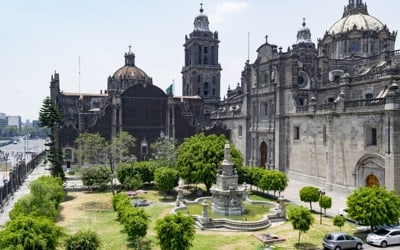
Collections
Highlight & Sightseeing
45 Activities
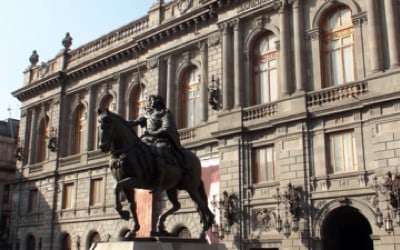
Collections
Museums
39 Activities
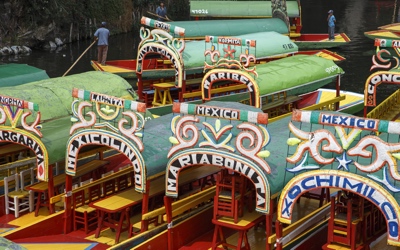
Collections
Coyoacan & Xochimilco
29 Activities
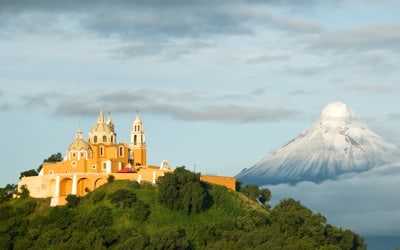
Collections
Puebla & Cholula
15 Activities
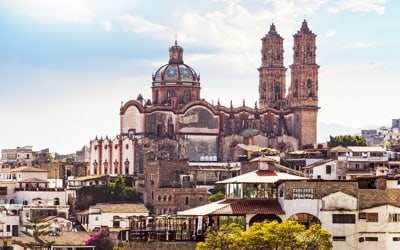
Collections
Taxco & Cuernavaca
19 Activities
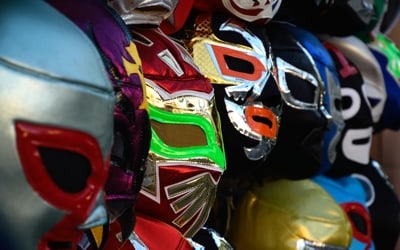
Collections
Shows
18 Activities

Collections
Gourmet
46 Activities

Collections
Original
26 Activities

